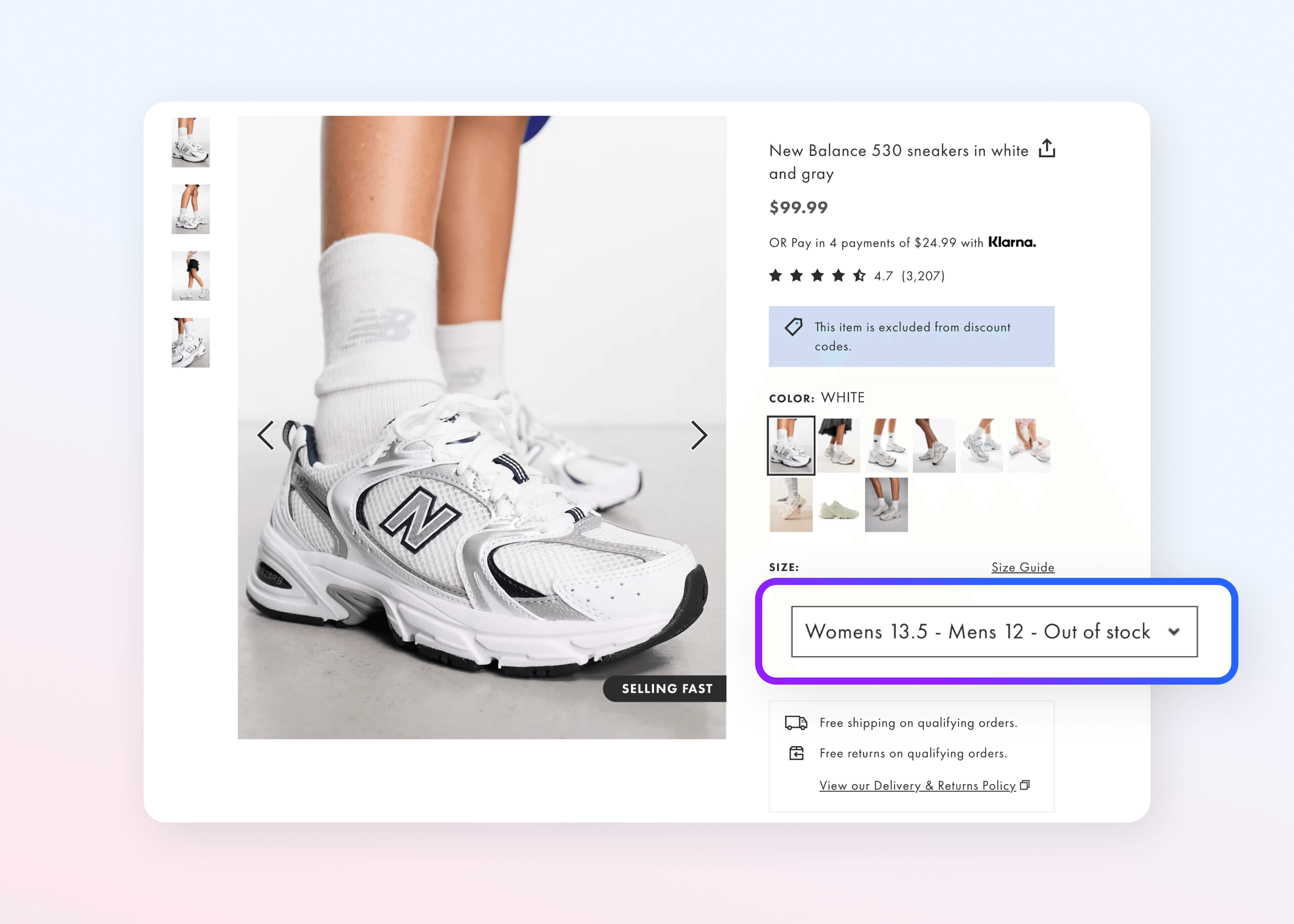A Tale of Two Retailers: How Marketplaces Deliver Resilience and Flexibility During Down Markets

Every quarter, public companies of every shape and size around the world release their earnings reports. Each earnings season offers a collective window into the health of a specific industry, and retail and eCommerce are no exception. For those who take the time to dig in, these reports can tell a compelling story about the trends shaping both business and customer behavior. The most recent round of earnings reports offers a fascinating glimpse at the major pressures impacting leading retailers, as well as the decisions being taken to sidestep or alleviate those pressures. In some ways, these reports reflect a modern-day version of Dickens’ A Tale of Two Cities: for some agile companies, market turmoil is resulting in the best of times, while other retail behemoths are experiencing the worst of times.
What’s causing the difference here between pain and prosperity? Major retailers like Walmart and Target are seeing reduced profit forecasts as they’re caught flat-footed by the market downturn – and success stories like France’s Maisons du Monde are taking advantage of the agility offered by enterprise marketplace to drive meaningful growth.
The trials of inflation and supply chain pressures
The past two years have introduced new levels of unpredictability to retail operations, but some brands held out hope that issues with supply chain and inventory management would resolve naturally at the end of last year's holiday season. However, earnings reports and recent adjustments from Walmart and Target indicate that these challenges will unfortunately have staying power.
As shoppers pull back on their overall spending, big-box stores are left with piles of unsold inventory and little recourse except to reduce prices. “The increasing levels of food and fuel inflation are affecting how customers spend, and while we’ve made good progress clearing hardline categories, apparel in Walmart U.S. is requiring more markdown dollars,” said Walmart CEO Doug McMillon in the company’s update to second quarter projections.
At the same time, increased merchandise and freight costs are reducing operating income and worsening margin pressures. Target’s gross margin rate fell by nearly 9 percentage points in its second quarter earnings report. When retailers are unable to maneuver around the twin problems of supply chain and inflation, their balance sheets fall victim to a vicious cycle:
Reduced prices on excess inventory decreases the profit margin on each item or sale;
An overall reduction in consumer purchasing power means fewer shoppers will be willing to spend on big-ticket, high-profit-margin items;
And the widespread impact of inflation means retailers themselves must spend more to maintain operations and logistics.
When experiencing inflationary pressures, retailers like Walmart would typically raise prices to pass on costs to higher-income customers. However, Citi analyst Paul Lejeuz finds the retailer in a particularly tough position, as even “slightly higher income customers are feeling the pinch of inflation.”
Walmart and Target will eventually be able to work their way through this supply chain snarl, but it will be a long, unpleasant (and costly) process.
The adaptability of the marketplace model
French furniture and home goods retailer Maisons du Monde told an entirely different story when they reported their Q1 2022 results. Despite facing the same market forces as Walmart and Target — in some instances enduring even higher operating costs due to increased inflation in Europe — the company recorded remarkable performance with no signs of slowing down. The driving force behind this success? The Maisons du Monde marketplace, which brings together 400 vendors, 1,100 brands and more than 150,000 products.
During the first half of 2022, gross merchandise value (GMV) on the Maisons du Monde marketplace increased by 60% year-over-year, reaching €49 million. The retailer’s marketplace plays a central role in their overall eCommerce strategy, with the company’s French marketplace now representing 40% of online GMV as of the second quarter of 2022. Even better, the company is in the midst of expansion, with the Maisons du Monde marketplace in Spain now accounting for 31% of total online GMV just 3 months after launch.
In contrast to crowded inventories and sluggish supply chains, the marketplace model provides the exact type of agility needed to thrive in an unpredictable market. Instead of stocking hundreds of thousands of products, Maisons du Monde’s marketplace allows the company to distribute the burden of stocking, warehousing and shipping among hundreds of vendors, mitigating cost and risk. What’s more, this expanded assortment ensures that the retailer can quickly respond to shifting customer trends, serving a curated selection of top-selling items, from furniture to household décor, sourced from trusted third-party sellers.
Flexibility for a new normal
In today’s fast-shifting, unstable eCommerce environment, flexibility is currency: the more retailers can adapt product assortment, shift supply chain risks, and reduce costs, the easier it will be to ride out a down market.
Innovative retailers like Maisons du Monde prove that enterprise marketplaces offer the agility and flexibility needed for both bull and bear markets. The sooner a retailer can distribute their risks and challenges among a network of third-party sellers, the sooner everyone involved can benefit from the freedom to experiment with new product lines and grow without limits.



